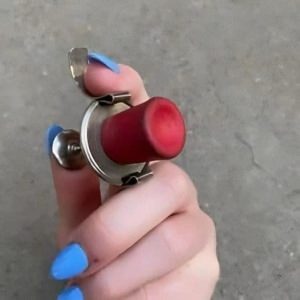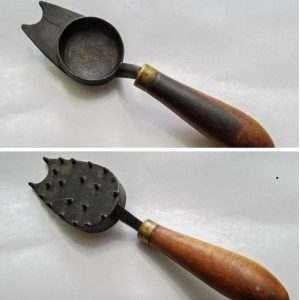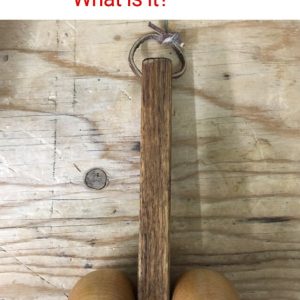Can you imagine placing your baby in a hammock suspended from your car roof? It sounds like a scene from a quirky comedy, doesn’t it? Yet, not too many decades ago, these unusual solutions were considered revolutionary methods for keeping kids safe during a drive. Today, we hardly think twice about buckling little ones into scientifically designed, crash-tested car seats. But getting here was quite a journey—a fascinating evolution filled with surprising inventions, odd experiments, and valuable lessons learned the hard way.
Ready to explore how we moved from makeshift solutions to state-of-the-art car seats? Buckle up; it’s quite a ride!
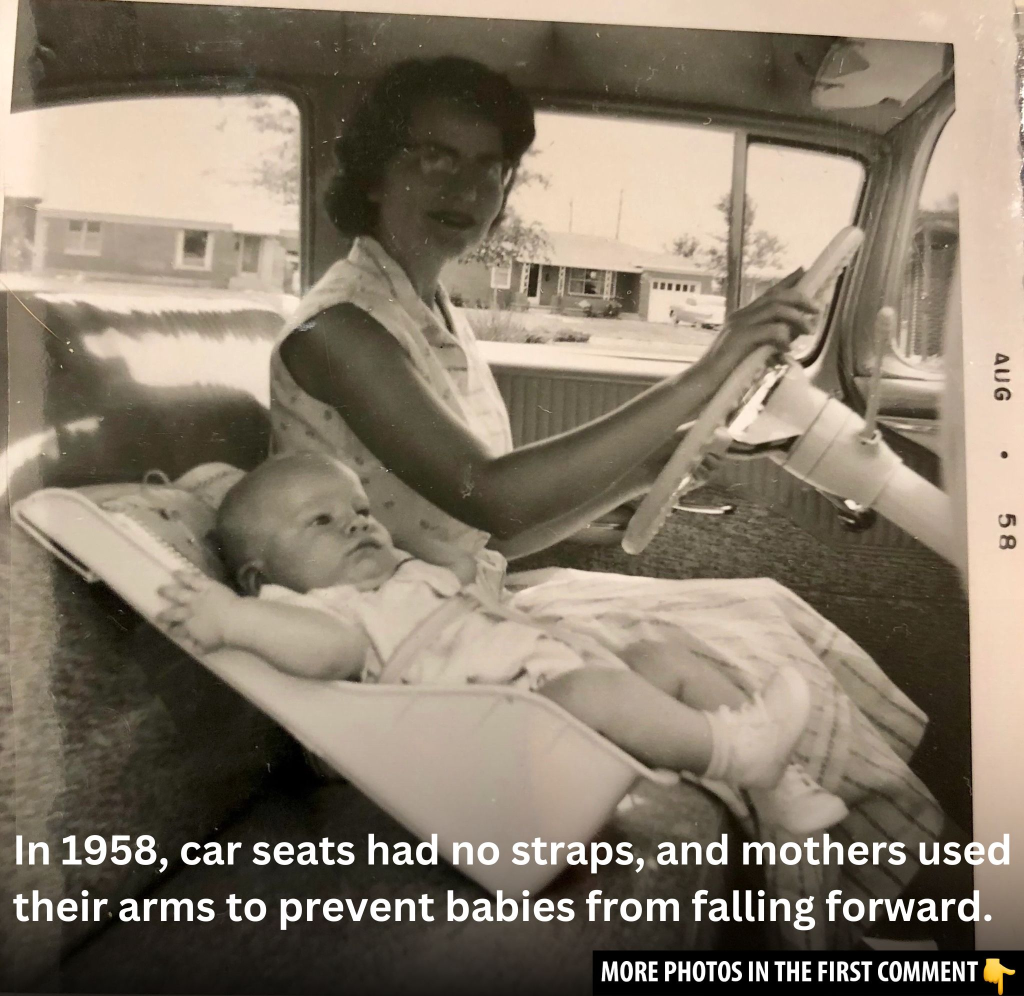
Unrestrained Beginnings: The Wild Early Days of Car Travel
Let’s take a brief trip back to the early 20th century. Cars were an exciting new technology, roaring symbols of modernity and speed. But safety? Well, that wasn’t really on anyone’s radar. Kids roamed freely in the back seats, perched on laps, or even sprawled across seats, carefree and completely unrestrained.
Back then, cars didn’t come with seat belts, let alone specially designed seats for children. Traveling by car was adventurous and slightly chaotic—like a roller coaster without harnesses. It didn’t take long for parents and inventors to realize they needed better solutions to keep their little ones safe and secure during rides.
Video: Infant car seat installation
The First Booster Seats: Visibility Over Safety
By the 1930s, the first tentative steps towards child seating appeared, but these were hardly safety-oriented. A good example was the Bunny Bear Booster Seat, which debuted in 1933. Made from sturdy metal and stylish leather, its primary goal wasn’t protecting kids—it was to elevate them so parents could keep an eye on their little explorers.
Think of these early booster seats as glorified phone books, intended more for convenience than safety. They did come with basic straps, but these were more to keep a wiggly child in place than to prevent injury. Looking back, it might seem absurd, but these booster seats laid critical groundwork by introducing the very concept of child-specific seating in vehicles.
Canvas Booster Seats: Blending Playfulness With Practicality
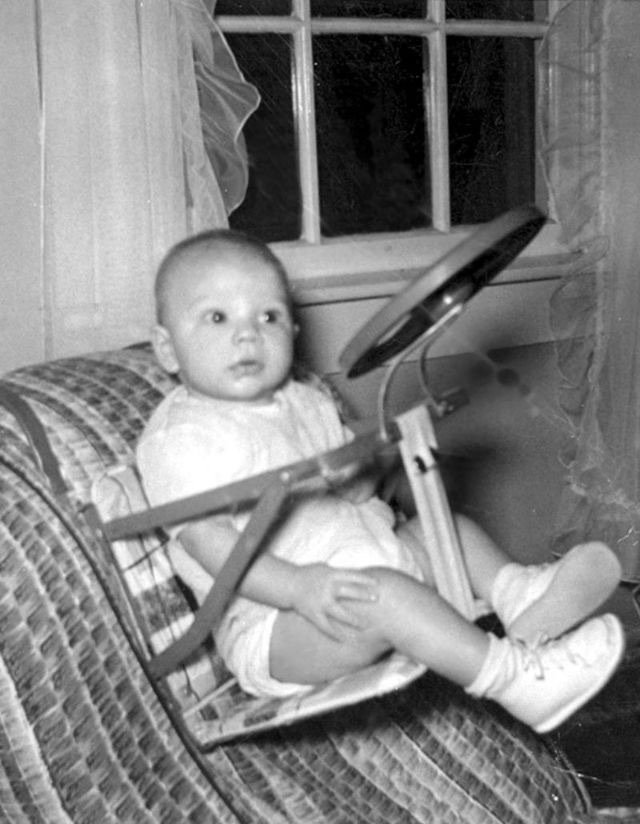
Fast-forward a decade or so, and you’d find canvas booster seats mounted onto lightweight metal frames gaining popularity. These seats often came with tiny steering wheels attached—adorable, but hardly protective! Kids loved them because they mimicked driving, making the trip fun. Parents appreciated them because the kids stayed in one spot, even if safety wasn’t exactly at the forefront yet.
The design was clever, yet these seats offered minimal protection. The thin canvas and simple harness did nothing to shield a child during a crash. Still, their charm and creativity made them beloved fixtures in mid-century family cars, demonstrating how child seating was slowly evolving into something more intentional.
The Curious Case of Car Hammocks: Innovative or Just Bizarre?
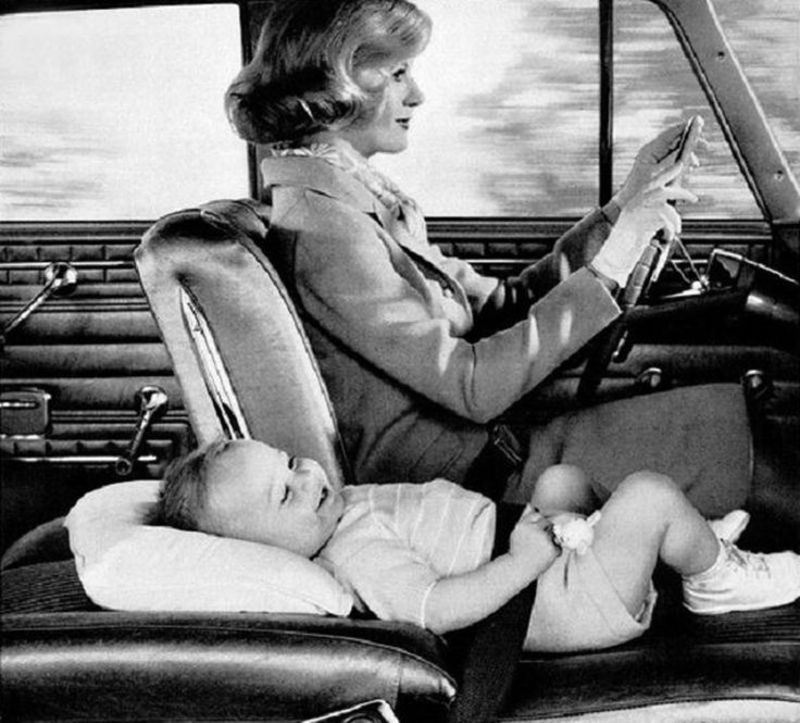
Then came the 1970s, an era notorious for bold experimentation. Enter the infamous car hammock—a hammock suspended from the car’s interior roof, gently cradling your infant while you drove. Sounds relaxing, right? Well, it might’ve been cozy, but safety-wise, it’s jaw-droppingly shocking by today’s standards.
The theory was simple: a gently swaying baby equals peaceful travel. However, in hindsight, it’s evident how risky and untested such methods were. This peculiar invention symbolizes a key moment in car-seat history: parents and inventors were desperately searching for better options, even if some ideas missed the mark entirely.
A Turning Point: The Rise of Harness Systems and Early Safety Awareness
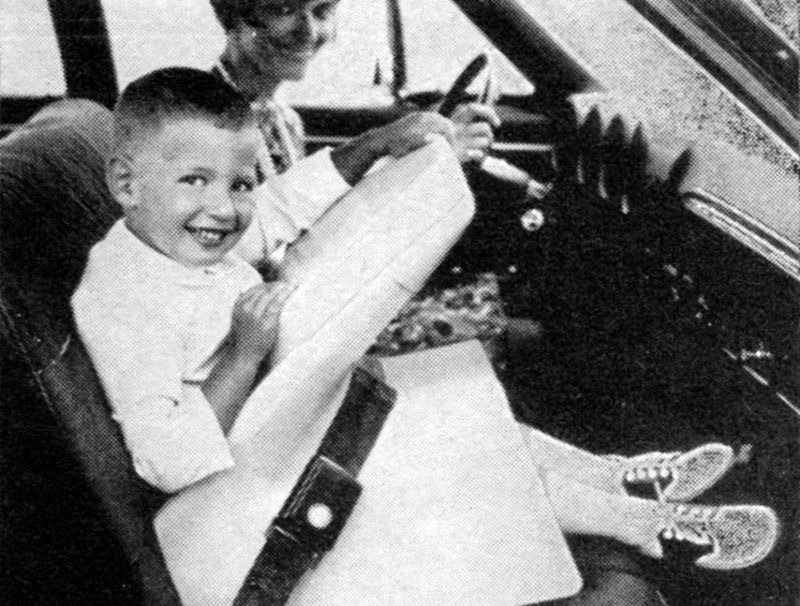
The real shift toward genuine safety began around the early 1960s. In 1961, Sears advertised the “Auto Strap” harness—a groundbreaking product at the time. Finally, someone recognized that children needed restraint systems designed specifically for car travel. Though simplistic, this harness system represented the first widespread acknowledgment of the dangers posed by unrestrained kids in moving vehicles.
This shift from convenience to safety awareness sparked a wave of innovation. Suddenly, keeping children safe became a primary goal, paving the way for modern car seats as we know them.
Regulation and Innovation: The Dawn of Real Safety Standards
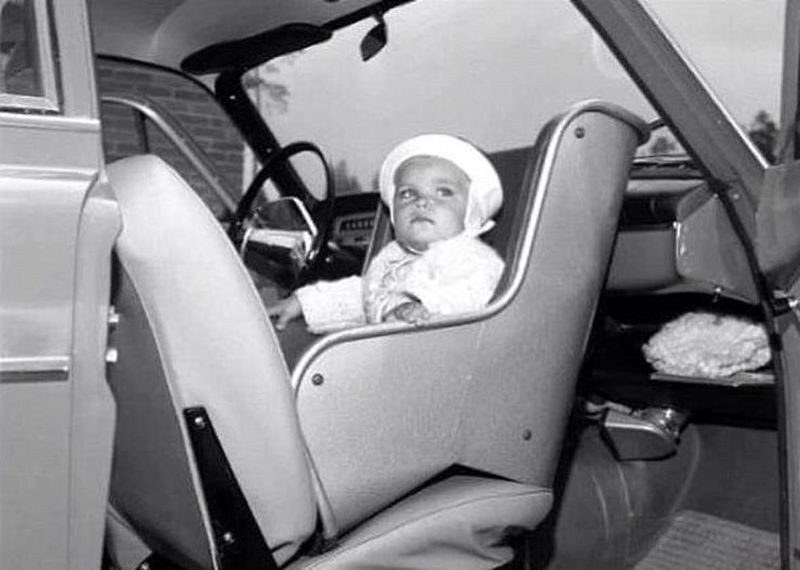
By the late 1960s and 1970s, the public began demanding safer options, leading to crucial regulatory changes. Government standards and crash testing began guiding car seat design. Materials improved dramatically, shifting from flimsy canvas to cushioned seats made with energy-absorbing foam. Companies began rigorously testing products, measuring protection through crash simulations, and refining designs continuously.
Every design element—from side-impact protection to secure harnesses—became meticulously engineered to offer maximum safety. The whimsical days of hammock seats were replaced by serious, science-backed safety measures. The progression was slow but steady, driven by both tragedy and triumph.
Consumer Advocacy: Parents Driving the Change
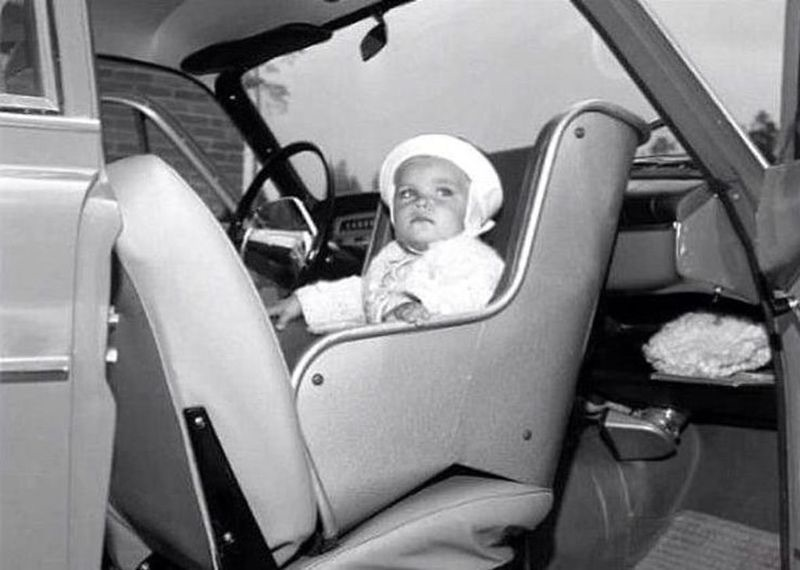
Another huge driving force behind the evolution of car seat safety was consumer advocacy. Parents, now aware of potential dangers, became vocal advocates for their children’s protection. They demanded better products and clearer guidelines, pressuring manufacturers and governments alike to prioritize child safety.
Organizations and consumer groups conducted independent safety tests, raising awareness of good and poor products alike. This activism helped transform baby car seats from simple accessories into sophisticated, lifesaving tools that are now standard equipment in every family vehicle.
Modern Car Seats: Safety and Style Go Hand in Hand
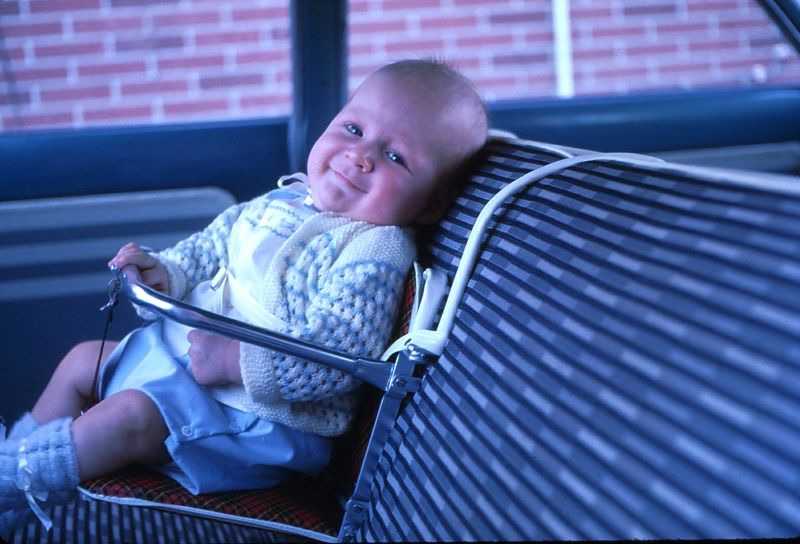
Today, baby car seats are marvels of modern engineering. With innovative materials, impact-resistant designs, and intricate harness systems, these seats are built with precision and purpose. Safety features once unimaginable are now commonplace: adjustable headrests, recline options, and intuitive locking mechanisms, all tested to the highest standards.
But we’ve retained something from the past too—style and fun. Today’s car seats come in vibrant colors, charming patterns, and ergonomic shapes that parents and kids both love. They blend safety with practicality, marrying form and function seamlessly.
Conclusion: Honoring the Journey Towards Child Safety
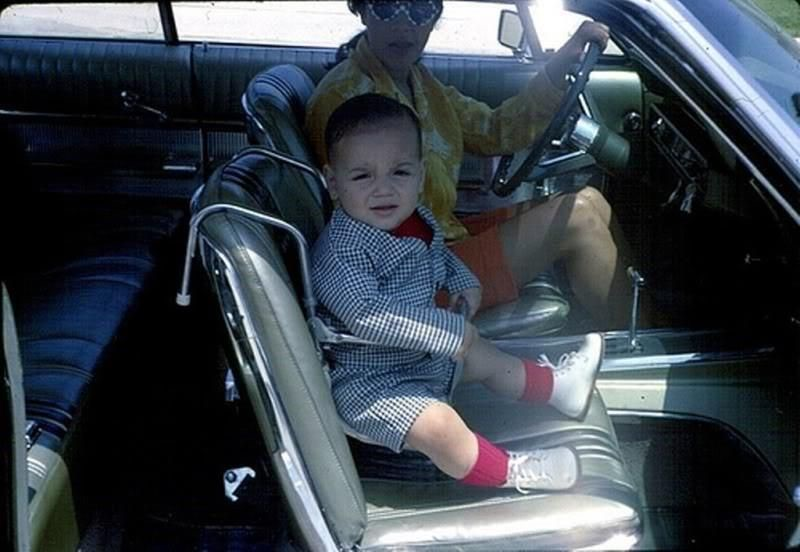
Looking back, the evolution of baby car seats tells us a powerful story about human ingenuity, trial and error, and the continuous quest to improve. From the freedom (and chaos) of early travel, through the charming yet impractical solutions of booster seats and hammocks, to the highly advanced car seats of today, the journey has been nothing short of remarkable.
We can smile now at the quirky inventions of the past, grateful that our understanding of safety has evolved dramatically. Modern parents have peace of mind knowing their children are securely protected in ways earlier generations never dreamed possible.
Ultimately, this fascinating history reminds us of something important: innovation never stops. Even today, engineers and safety experts continue improving child car seats, ensuring that future generations will ride even safer. So next time you buckle your little one into their cozy, crash-tested seat, remember—it wasn’t always this way. We’ve come a long, long way indeed.
